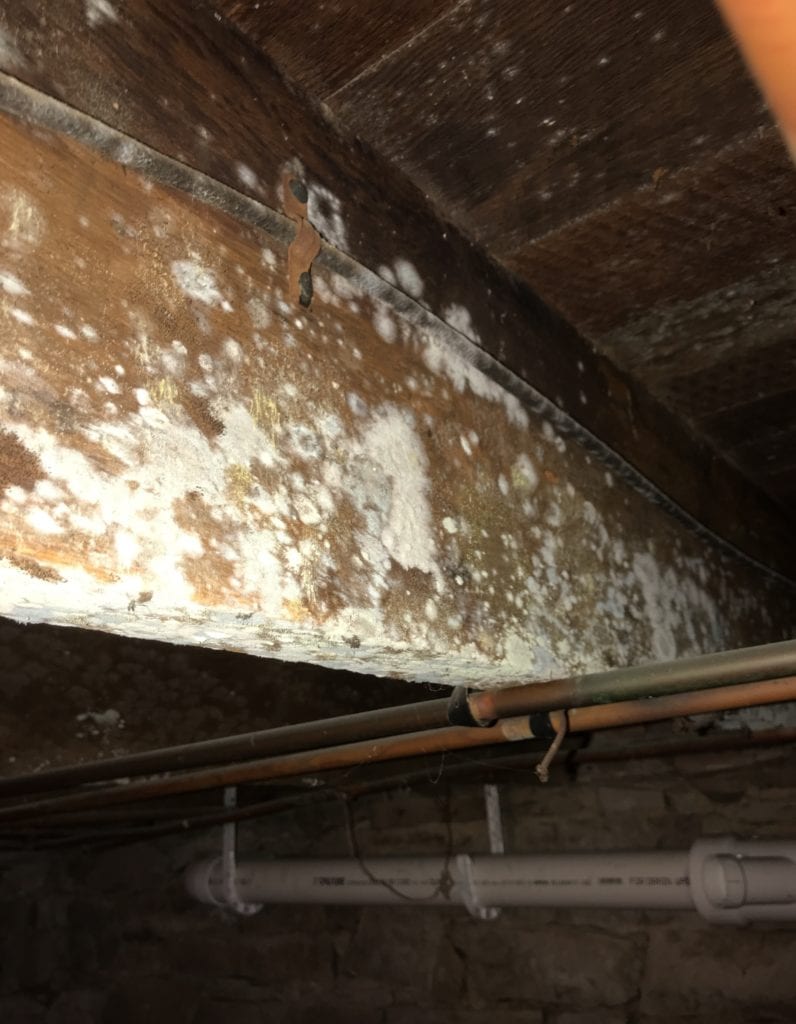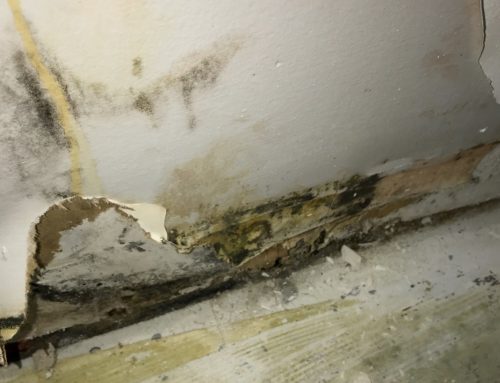Your home is likely your largest investment, so you do your best to ensure it’s maintained. Keeping it in peak condition will makes it a safe and secure haven and helps to retain its value.
Most homeowners want to know if there are problems with their home so they can resolve them. However, some issues may be hidden out of sight, causing unknown damage. Mold growth can be one of those hard-to-spot problems.
Is Mold Bad?
Mold is a fungus that grows outdoors and is part of nature. It contributes to our ecosystem by breaking down plant and animal matter. Mold releases spores that circulate through the air. They can enter your home by several means, including open doors and windows, HVAC vents, and even attach to your clothes or pets, bringing them indoors. It’s virtually impossible to prevent mold spores from entering your house.
Mold spores are not hazardous, per se. However, if they settle in a moist environment, they will spread, and the mold will start to grow. When mold contains mycotoxins, it poses a health risk to those living in the home. Common areas where mold may grow include:
- Bathrooms (sinks, bathtubs, showers, tile grout)
- Basements
- Crawl spaces
- Attics
- Around windows or doors that aren’t well sealed
- Near leaky pipes or plumbing fixtures
When mold is growing in your home, it can cause damage by eroding its structure. It can also result in health issues to those residing in the home. This is especially true of the more serious types of mold, like black mold. Mold growth has a greater impact on the health of individuals with allergies, respiratory ailments like asthma, and a weakened immune system.
Detecting Mold Growth in Your Home
There are some signs to look for to determine if you have a mold problem inside your home.
- Recent Water Problems.
If you’ve experienced flooding or leaks in your home that weren’t promptly or thoroughly cleaned up, mold will start to grow within as little as 48 hours.
- Unusual Odors
Mold has a musty smell that won’t dissipate until the mold is removed. If mold is growing inside your HVAC system, it will emit a musty smell when air is pushed through the vents. The stronger the odor, the bigger the mold problems.
- Peeling or Cracking Paint or Wallpaper
If you notice your walls cracking or peeling, it may be a sign that water has infiltrated behind the surface. Where there’s moisture, mold will grow.
- Dark Spots
Dark spots on walls or in the grout between tiles can be signs of mold. Different types of mold varies in colors. It could be black, green, white, gray, or brown. It can be fuzzy or slimy in texture.
- Condensation
If there are areas in your home that maintain moisture, they are very susceptible to mold growth. Pay attention to bathrooms, laundry areas, kitchens, basements, and attics for signs of mold.
- Warped Walls
Drywall and wood will warp when they absorb water and moisture. If they have been water-damaged, they may also be growing mold, as well.
- Rust
Metal will rust when exposed to moisture and condensation. If there are rusty metal fixtures or pipes, it’s possible mold is present.
- Your Allergies Get Worse
If your allergies have flared up and just won’t go away, mold may be the culprit. This is especially true if you notice the allergies improve when you leave your house for an extended period.
- Constant Fatigue
Toxic mold can affect you in different ways. Being constantly tired may be a sign that you have mold, especially if combined with other suspicious factors.
What to Do If You Suspect Mold Is Present
The above signs may indicate you have mold growing in your home. If mold is actually visible, it’s highly likely that it’s also growing in hidden areas, as well. You may have it behind drywall, under carpeting and floors, or inside ceilings. The bottom line is, you’ll need to get rid of it to restore your home to a healthier environment.
That’s when it’s time to call in the experts at PureOne Services St. Louis. Breathing in mold spores can cause side effects without proper protection and handling. We have the knowledge and equipment to be able to detect mold growing in even the most concealed areas. If moisture is still present in the home, cleaning that up will be our first priority, because the mold will re-grow if the water problem is not remediated.
We will then remove all mold, which may require us to tear out walls, ceilings, and flooring to access areas. Once all mold is remediated, we will restore the premises to its original state. That means reflooring, recarpeting, hanging drywall, constructing ceilings, painting, and complete cleanup. When we’re finished, your home will be mold-free and safe to inhabit.

